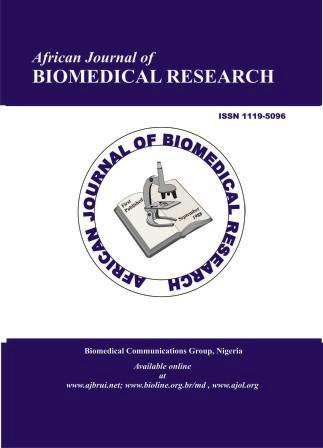Molecular Phenotypes of Ductal Carcinoma of The Breast And Its Association With Histopathological Prognostic Markers
DOI:
https://doi.org/10.53555/AJBR.v28i1.5264Keywords:
Breast cancer, molecular phenotypes, prognostic markers, IDC-NSTAbstract
Background: Globally, breast carcinoma is a major cause of cancer-associated deaths among women, which is significantly impacting India. Compared to women in developed countries, Indian women often present with breast cancer (BC) at younger ages and with more aggressive forms. This study focused to determine the prevalence of different molecular phenotypes and their associations with histological prognostic markers in infiltrating ductal carcinoma-no special type (IDC-NST) in an Indian population.
Materials and methods: An analytical cross-sectional study was conducted on 351 BC patients at a tertiary care hospital. Immunohistochemistry was used to identify molecular phenotypes: triple-negative breast cancer (TNBC), HER2-enriched, luminal-A, and luminal-B. Clinical and histopathological data, including age, multifocality status, lymph node status, BR grade, tumor volume, pathological stage, microvessel density (MVD), and proliferation index (Ki-67), were assessed for associations with molecular phenotypes.
Results: The most common molecular phenotype was TNBC, while luminal-B was second most. Significant differences were observed in tumor grade, tumor volume, tumor stage, percentage of positive lymph nodes, MVD, and Ki-67 score among the molecular phenotypes. The luminal A subgroup had significantly lower tumor volumes and Ki-67 scores, while the HER2-enriched subtype had increased lymph node positivity.
Conclusion: This study highlights the distinct prevalence and prognostic features of molecular subtypes of IDC-NST in an Indian cohort. These findings underscore the importance of molecular profiling in guiding treatment strategies and improving prognostic assessments for BC patients in India.
Downloads
Published
Issue
Section
License
Copyright (c) 2024 Santosh Kumar Sharma, Sompal Singh, Ratna Chopra, Sarvesh Rustagi, Pramod Rawat, Sanjay Kumar (Author)

This work is licensed under a Creative Commons Attribution 4.0 International License.









